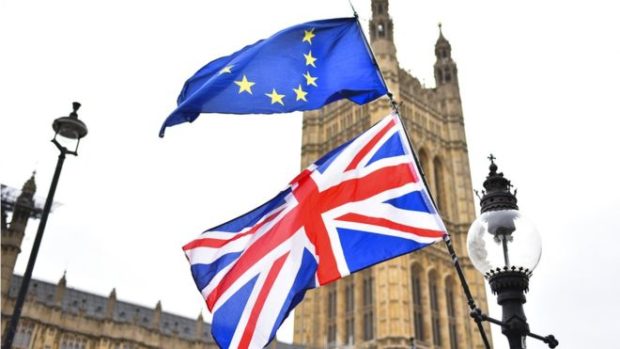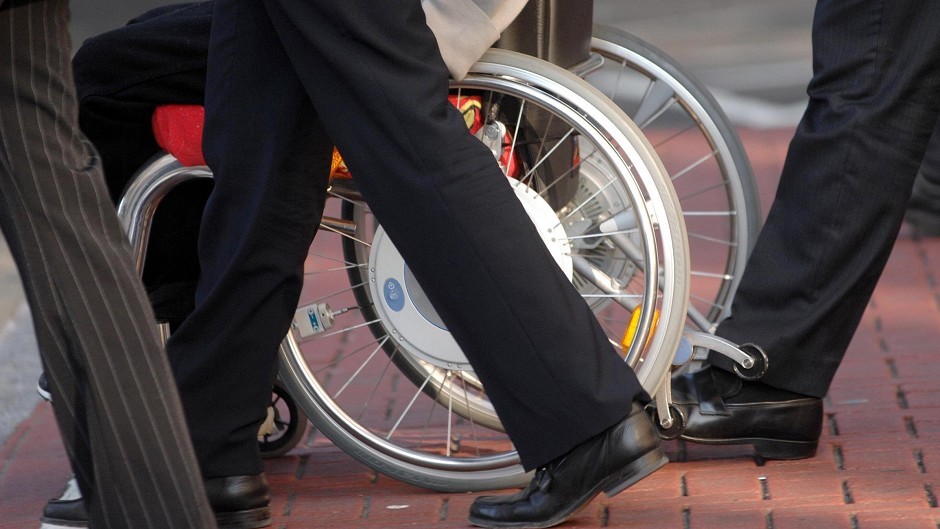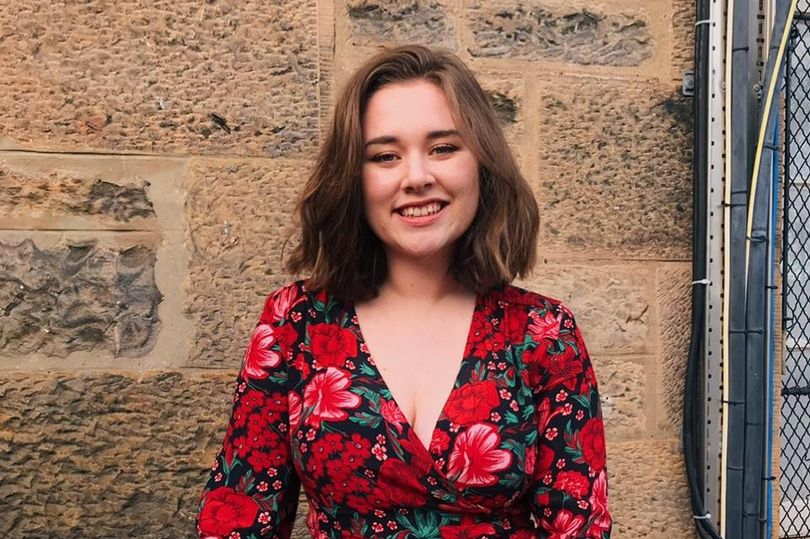A charity has warned that a no deal Brexit would be catastrophic for disabled people in Scotland.
Fears of the results of a no-deal Brexit are growing, according to Inclusion Scotland.
And one disabled Aberdeen woman has confirmed these fears, saying she worries “more austerity, more cuts, and more marginalisation of the disabled community” is to come.
Inclusion Scotland has claimed that the key concerns of disabled people north of the border are not being listened to by the UK Government.
The organisation’s policy officer, Susie Fitton, said: “The UK Government are simply not addressing the key concerns of Scots disabled people in their preparations for Brexit, particularly if we crash out without a deal.
“A no deal Brexit could lead to chaos, privation and destitution for many people across the UK but disabled people are at heightened risk.
“What about the complete lack of safeguards for a whole system of current legal protections and social support systems for disabled people in Scotland that are underpinned by EU law and which affect disabled people’s everyday lives –protection from discrimination, rights to social security, and vital funding for their organisations for example.”
Ellen Blunsdon, from Aberdeen, echoed this view.
The 20-year-old, who is currently studying a degree at Edinburgh University, uses a walking stick for her disability, a form of Ehlers-Danlos Syndrome.
The syndrome affects connective tissue and can cause hypermobility of joints, joint pain and extreme fatigue.
Ms Blunsdon fears that the “fundamental rights” of disabled people will be at risk following a no-deal Brexit.
She said: “The European Union has been absolutely essential in developing inclusive and progressive equality legislation for disabled people in the UK.
“While the Withdrawal Act states that British workers will maintain the current standards of protection after Brexit, the fear is that, moving forward, there will be no legal consequences for the government rolling-back the benefits, employment standards, or fundamental rights of disabled people.”
Inclusion Scotland added that the Scottish Government has recognised that these issues are important, but says that Holyrood has limited or no power to address some of most important issues Scots disabled people face.
Ms Fitton added: “There has not been a single mention of disabled people or disability in the UK government’s White Paper on Brexit or in its position papers on Brexit negotiations and there is no consideration of disabled people at all in the UK Government’s technical notices which set out the consequences of leaving the EU without a deal.”
To find out more about Inclusion Scotland’s work – click here.


